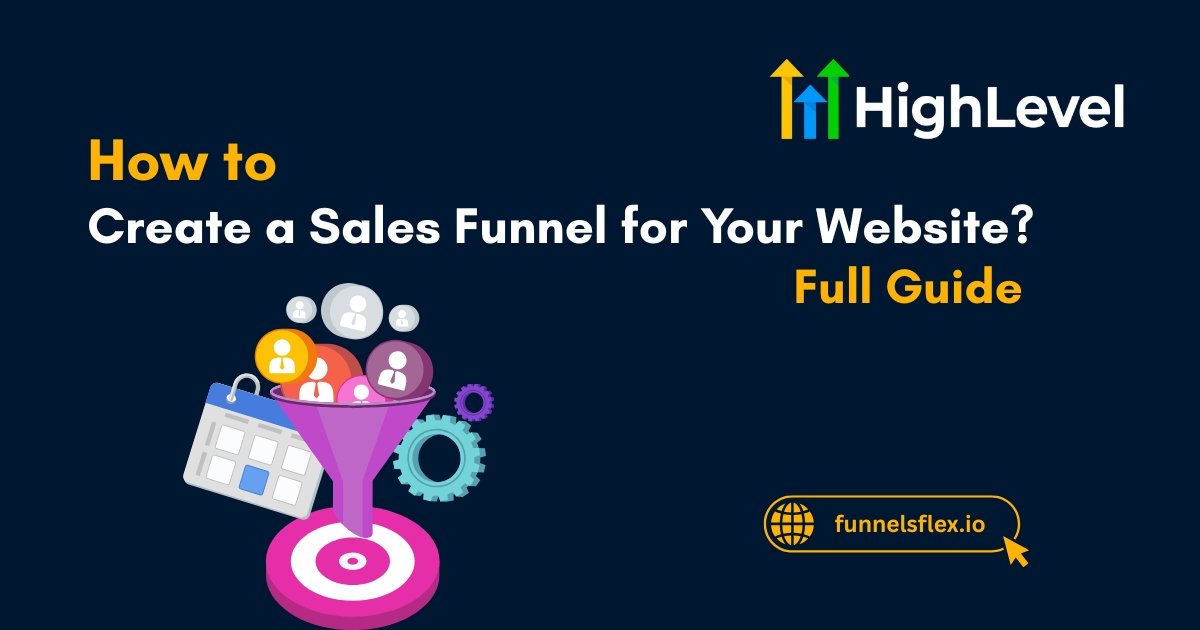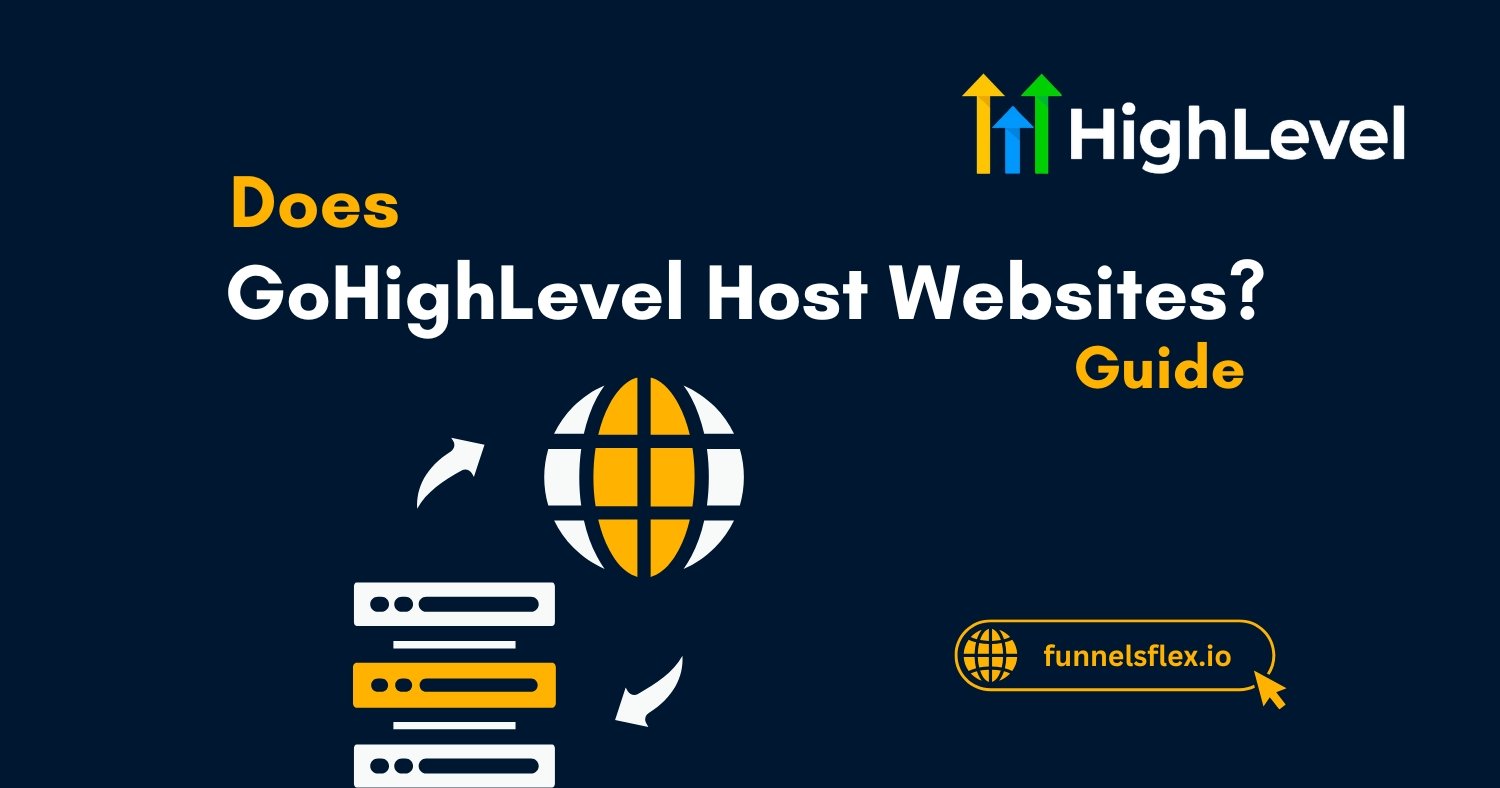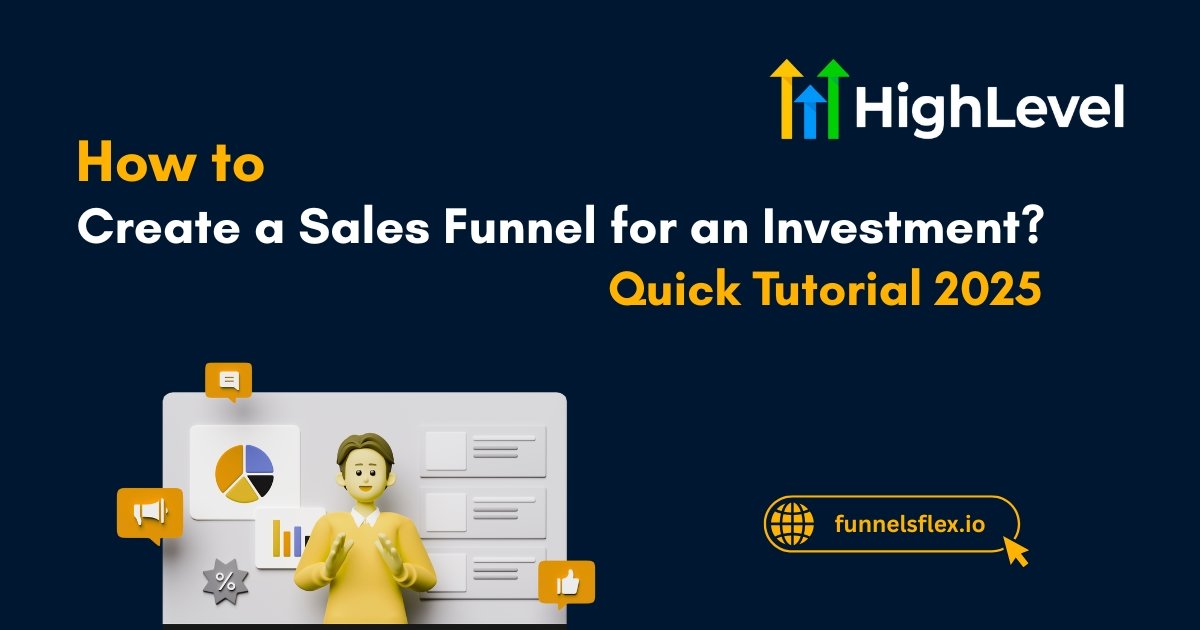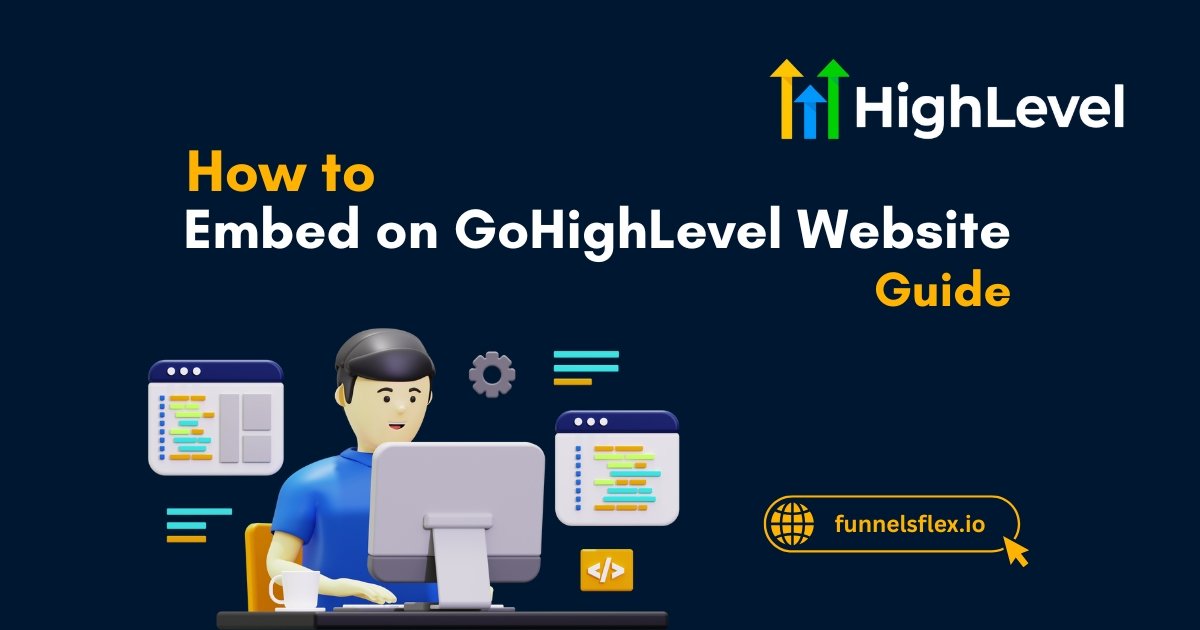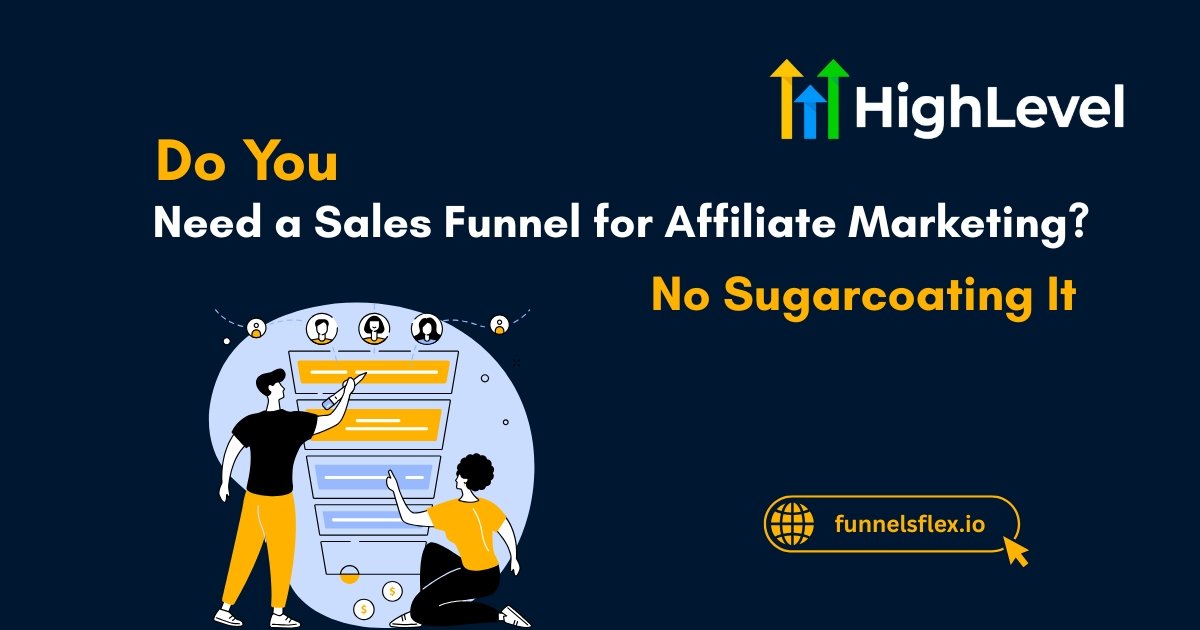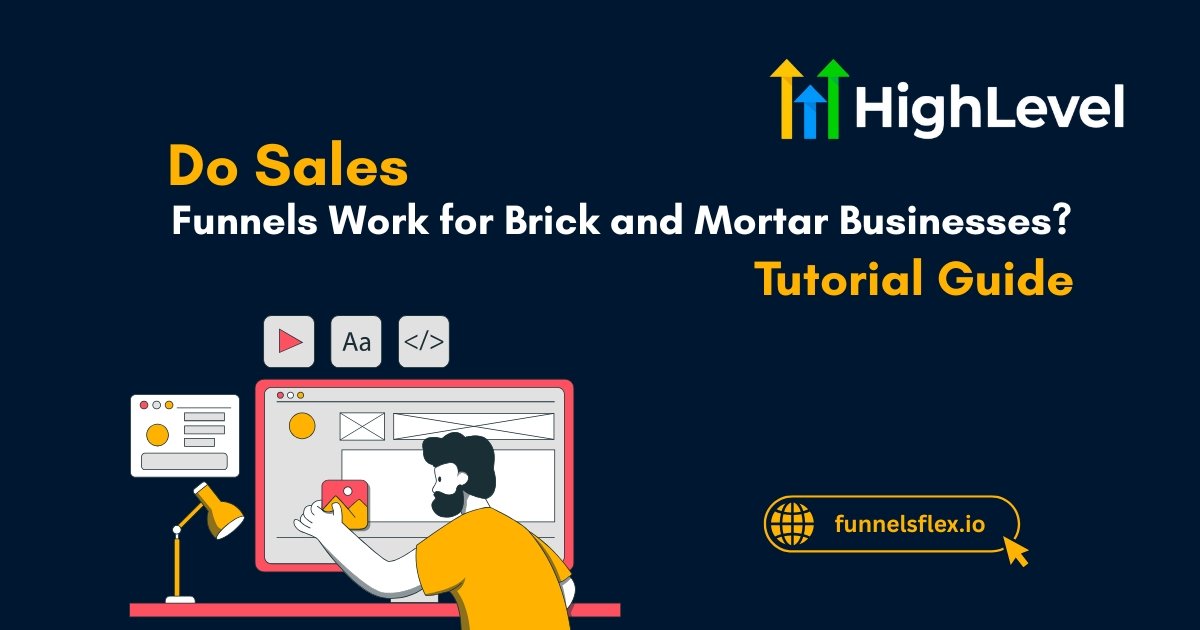How to Create a Sales Funnel for Your Website? That Sells Even in Recession
A well-designed sales funnel for your website guides visitors from initial awareness to becoming loyal customers. It works like a carefully mapped journey, ensuring no opportunity for conversion is missed.
Instead of relying on random visitor behavior, a funnel directs them through a series of steps that build trust, answer questions, and encourage action. This structured approach improves efficiency, boosts engagement, and increases revenue.
Whether you run an online store, service-based business, or blog, a funnel makes sure your efforts convert traffic into measurable results. In this guide, you’ll learn what a sales funnel is and exactly how to create one.
Key Takeaways
Understanding the Basics of a Sales Funnel
A sales funnel is the path potential customers take before making a purchase. It starts wide, attracting many visitors, then narrows as prospects move toward buying. At each stage, you provide content, offers, or interactions designed to move them forward.
This system ensures you focus efforts on high-potential leads instead of chasing every visitor. The concept is used across industries because it simplifies complex buying behaviors into manageable steps.
By mapping the funnel, you can guide customers efficiently while maximizing your marketing’s return on investment.
Why Sales Funnel Matters for Websites
A funnel is more than a marketing tool; it’s a customer relationship framework that improves results, builds credibility, and keeps your website working around the clock. Here is why sales funnels matter for your website:
Thousands of entrepreneurs have boosted sales using our custom funnels. Have a look at the templates they trust and get your own success story started today.
Pro Tip
Pair user behavior tracking with emotion tagging through AI-based sentiment detection. Discover where frustration or excitement spikes, then fine-tune copy, visuals, or CTAs accordingly.
Key Stages of an Effective Sales Funnel
An effective sales funnel moves prospects through stages, each designed to strengthen interest, overcome objections, and encourage confident purchasing decisions without unnecessary pressure.
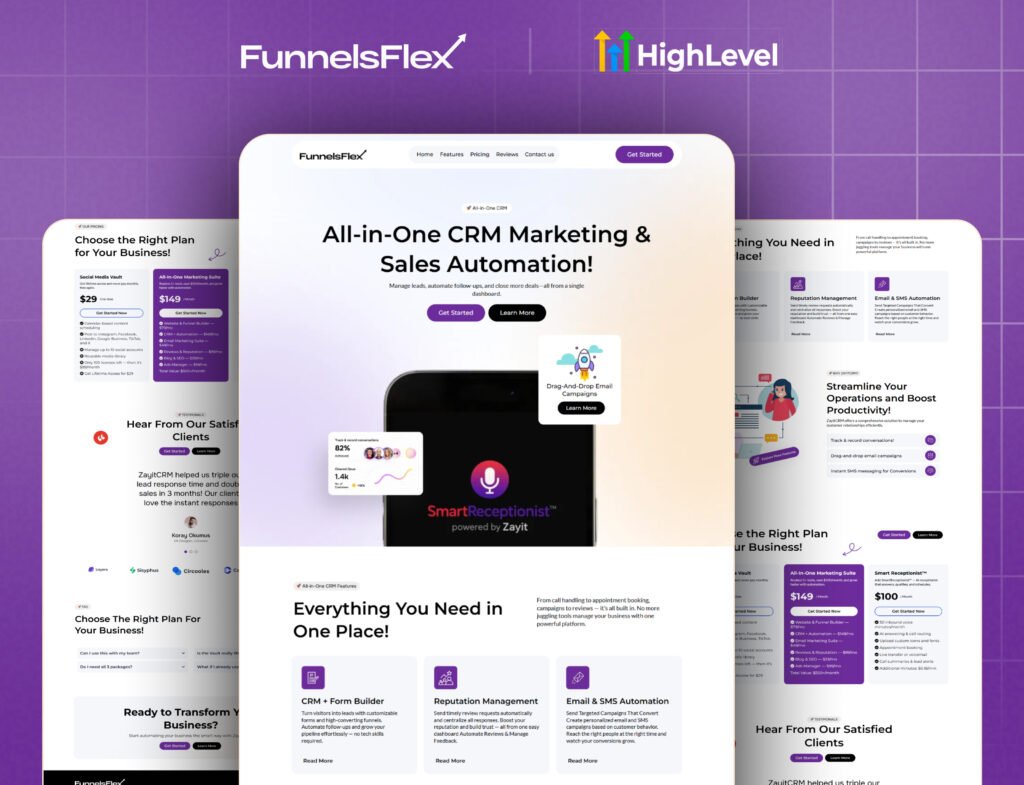
Building Awareness among Masses
At this stage, your audience discovers your business for the first time. They might find you through search engines, social media, or ads.
Your goal is to stand out and grab attention without immediately selling. Content like blog posts, videos, and infographics works well.
Focus on solving small problems or answering questions to earn trust. Strong headlines and visuals help create lasting first impressions. This stage builds the foundation for deeper engagement later.
Creating Interest and Urging Your Audience to Explore
Now, prospects want to learn more about you. They subscribe to newsletters, follow you, or download free resources.
This is the moment to offer in-depth, useful information like guides, webinars, or case studies. Show expertise without overwhelming them. Engage with questions and encourage feedback.
By offering value and demonstrating you understand their needs, you create a stronger connection that moves them closer to deciding.
Helping Them Make A Decision
Prospects now weigh options. They read reviews, compare features, and assess costs. At this stage, your role is to remove doubts and highlight what makes you the best choice.
Offer guarantees, showcase testimonials, and present case studies proving your solution actually solves their problem.
Be transparent about pricing and benefits. Create urgency through limited-time offers or special bonuses. This stage is about building confidence so prospects feel secure choosing you.
Read this: How to Create a Sales Funnel for My Coaching Business? 5 Easy Steps
Finally, Your Leads Will Take Action
This is where the sale happens. Keep checkout steps simple and quick. Offer multiple payment methods and confirm orders on time.
Consider upselling related products or offering loyalty program invitations. Thank customers immediately and reassure them they made a great choice. A pleasant buying experience increases repeat business and referrals.
Harvard research proves personalized funnels can boost your order value by 20%. Check out our expertly designed templates now and get a proven path to higher profits.
Pro Tip
Turn buyers into micro-influencers instantly by embedding one-click share incentives, surprise digital gifts, and interactive challenges directly after checkout. This amplifies retention and fuels referral-based funnel entry points.
Steps to Create a Sales Funnel for Your Website
Building a sales funnel involves targeted planning, strategic content creation, and constant optimization to guide visitors toward becoming paying customers. Here is the detailed process:
Define Your Target Audience
Identify who you want to reach. Use surveys, market research, and analytics to understand their needs, behaviors, and pain points. Create detailed customer profiles to guide your content and offers.
When you know your audience, your messaging becomes more relevant, your offers more appealing, and your funnel more effective. Without this clarity, your funnel risks attracting the wrong visitors who will never convert.
Create Valuable Content to Educate People
Publish blog posts, videos, podcasts, or infographics that solve common problems or answer questions in your niche. Use SEO strategies so your content ranks for relevant keywords.
Focus on educating and helping, not selling. Build credibility by offering genuine insights. Share content across multiple platforms to widen reach.
Collect Information Using Lead Magnets
Offer free resources like eBooks, checklists, or discount codes in exchange for email addresses. Keep sign-up forms short and easy.
Use strong calls-to-action that clearly explain the benefit of subscribing. Provide instant access to the promised resource. A successful lead capture system turns casual visitors into warm leads you can nurture over time.
Nurture Leads with Value-Driven Content
Send newsletters, share tips, and offer behind-the-scenes insights. Segment your email list so each group gets content that matches their interests.
Avoid aggressive sales pitches; focus on building trust. Use storytelling to create emotional connections. Regular, value-packed communication makes leads feel understood and more inclined to choose you when the time comes to buy.
Present Offers at the Right Time
Watch for buying signals like repeated site visits or engagement with product pages. Present your offer with clear benefits, proof of results, and any special incentives.
Use urgency carefully – limited-time deals can work, but honesty builds lasting trust. Match your offer to the need you’ve been addressing from the start. A well-timed offer can make the difference between hesitation and immediate action.
Optimize and Test Your Funnel
Analyze your funnel regularly to see where leads drop off. Test headlines, calls-to-action, and page layouts.
Experiment with different offers to find what converts best. Small tweaks often lead to big improvements over time. Track results and adapt strategies based on data, not guesswork. Treat your funnel as a living system that evolves to stay effective.
Opportunities vanish when you wait. Browse our conversion-optimized funnel templates now and start turning traffic into buyers before this quarter slips away.
How to Measure and Optimize Your Sales Funnel
Creating your sales funnel is the starting line, not the finish. The real winners track its pulse daily and make swift, surgical adjustments to keep conversions increasing.
Intent Depth Index (IDI)
Instead of only looking at clicks, measure layered engagement.
For example, a visitor who reads 75% of a blog, views three product pages, and watches a demo video has a higher IDI than someone who just clicks “About Us.” High IDI means you can introduce higher-ticket offers sooner.
Drop-Off Heat Mapping
Drop-off heat mapping pinpoints the exact friction zones in your funnel, revealing the moment curiosity turns into hesitation.
Instead of relying solely on analytics, pair visual data with on-the-spot micro-surveys that capture the visitor’s state of mind. When triggered right before exit intent, these single-question prompts uncover reasons hidden in the numbers.
Predictive Funnel Adjustment
Don’t wait for a stage to fail before you fix it. Use small sample A/B tests at the top of your funnel, then project downstream performance using predictive analytics. Optimize the lower funnel before traffic even gets there.
Read this: How to Create A Sales Funnel for A Marketing Company? Full Guide + Advanced Strategies
Offer Resonance Index (ORI)
Go beyond simple conversion rates by measuring how well an offer emotionally and logically aligns with your audience.
Combine micro-interaction tracking (hover time on benefits, replaying testimonial videos, scrolling speed) with sentiment analysis from comments or chat.
High ORI signals that both the content and the delivery are aligned with the audience’s desires. Low ORI means the offer might be good, but the framing needs rework.
Final Thoughts
The best sales funnels are not just built. They are tuned like race cars. Every small change in copy, design, or offer can increase your speed toward more sales. Think of it as performance tuning, not a full rebuild.
Start with the smallest lever that moves the biggest result. A single headline tweak can lift clicks. One extra follow-up email can recover abandoned carts. Tighten each piece until the entire funnel runs smoothly.
The secret is testing faster than your competitors can respond. Make one smart change, measure it, then move again. Over time, these small wins stack into unstoppable momentum that competitors struggle to match.
Ready to achieve that momentum? Get our custom funnel templates and skip trial and error. They are already tuned for maximum performance.


